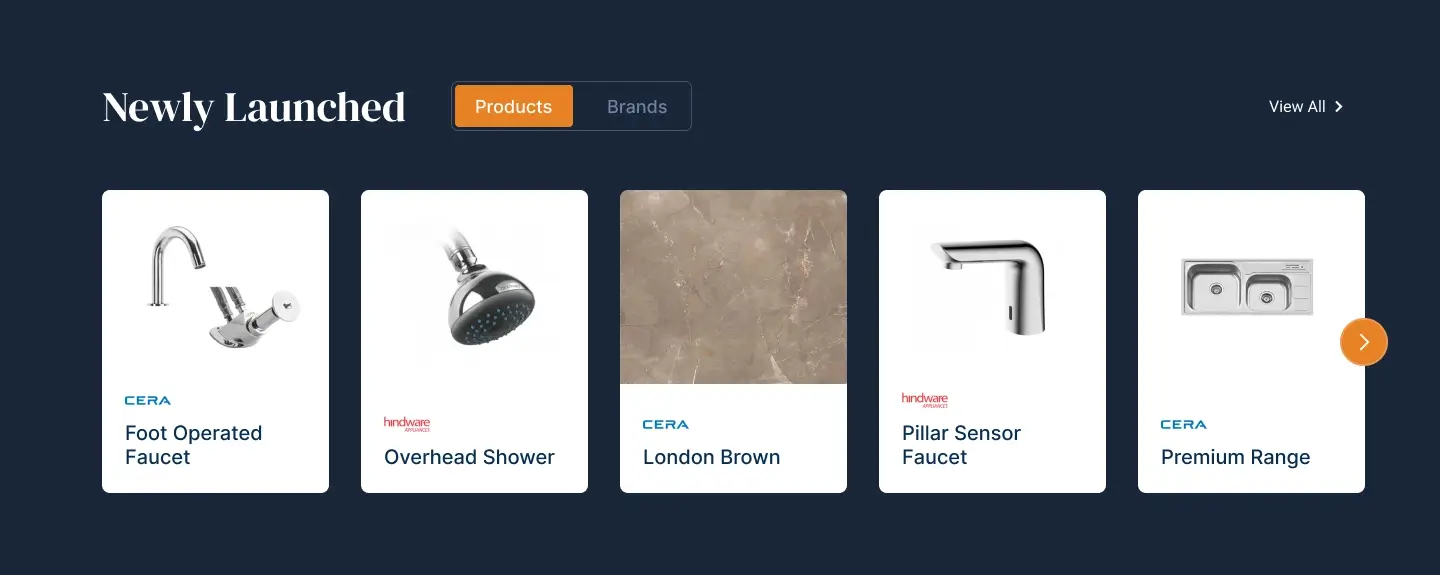
Table of Contents
Quick Overview
Here is the quick overview on why sewer line fails the same way every time:
- Sewer line failures often result from aging pipes, tree root intrusion, ground movement, corrosion, and poor installation.
- Tree roots invade pipes through tiny cracks, causing clogs and damage.
- Soil shifts from weather changes or construction can bend or break pipes.
- Frequent backups, slow drains, gurgling sounds, and odours indicate sewer line problems.
- Modern repairs use trenchless methods like pipe lining or bursting, minimizing yard disruption.
- Sewer line replacement may be needed for extensive or recurring issues.
If you’ve had your sewer line repaired, only for it to fail the exact same way, you might be dealing with deeper, structural flaws under your yard. Until those flaws are fixed through sewer repair in Lakewood, NJ, you will keep on dealing with the same headaches.
Here, we explore why your sewer line fails the same way after repairs.
Repeating Problems Are a Red Flag
Sewer line failures tend to repeat themselves because older systems weren’t built for long-term durability. They are likely to have weak points like “bellies” (low spots) or “offsets” (misaligned joints) that cause waste to pool and debris to clog.
Common signs of repeating issues:
- Water backing up after heavy use
- Recurring blockages in the same drain
- Gurgling toilets or slow tubs near the basement
“We see the same problem areas over and over in older neighborhoods,” says a licensed plumbing contractor. “Unless we address the pipe structure, the fixes won’t last.”
Beyond the Belly: Hidden Weaknesses in Old Pipes
Older pipes weren’t designed to handle modern demands. Clay pipes crack. Cast iron corrodes. Orangeburg fiber, once common in mid-century homes, softens and collapses under pressure.
Why older materials fail:
- Clay pipes are brittle and can shift or break under soil pressure.
- Cast iron rusts from the inside out.
- Orangeburg pipes were made from tar-coated paper and have a 50-year lifespan at best.
If your home was built before the 1980s, your sewer line might already be on borrowed time.
The Secret Life of Tree Roots

Tree roots search for pipe vulnerabilities in their search for water. Even the tiniest crack is not safe. Sewer lines carry warm, nutrient-rich wastewater that attracts roots like a magnet. Even the tiniest crack can become a target.
How roots take over your sewer line:
- Fine roots push into tiny openings and widen them over time.
- Roots trap debris, causing clogs and backups.
- Overgrowth can lead to full pipe collapse if left untreated.
Avoid planting trees like cottonwood, aspen, and willow near sewer lines. Schedule yearly inspections if mature trees are already nearby.
When the Ground Moves, Pipes Break
Thanks to natural events such as erosion, shifting groundwater, or even nearby construction, soil shifts. These events cause the ground around your pipes to move. When that happens, weak spots in the line bend, crack, or disconnect.
Environmental threats include heavy rainfall. This is one element that saturates soil, placing pressure on the pipes in the process. Drought is also problematic, as dry soil contracts and shifts pipe positions. Freeze-thaw cycles destabilize pipe joints due to expansion and contraction from ice forming and melting.
If your home is on a slope or in a flood-prone zone, your system needs regular inspection.
Why Do Sewer Lines Collapse?

Even the best sewer pipe materials wear out. Knowing your system’s age and condition can help you plan before disaster strikes.
Expected lifespans:
- PVC: 50–70 years
- Cast Iron: 50–100 years (less with corrosion)
- Clay: 50–60 years
- Orangeburg: 30–50 years (many fail sooner)
Frequent blockages, persistent strong odors, and visible sinkholes are signs that your pipes are aging and may require replacements soon.
Modern Sewer Repair Methods That Work
Today’s technology offers better solutions than digging up your whole yard. Trenchless sewer repair allows plumbers to fix or replace your line with minimal disruption. These methods address structural flaws without the need for major excavation.
Popular trenchless solutions:
- Pipe lining: A flexible liner is inserted and cured in place, forming a new pipe inside the old one.
- Pipe bursting: A new pipe is pulled through while breaking apart the old one.
- Spot repairs: For minor issues, short sections of pipe can be relined or replaced.
“Trenchless tech saves lawns, time, and repair costs,” says a trenchless installer. “It’s the smart move for homes with aging pipes.”
When Full Replacement Is the Best Option
Patchwork repairs may not be the most cost-effective option available. If your system has multiple failure points, replacing the entire line may be more cost-effective. Full replacements eliminate chronic issues and give you a clean slate.
It’s an investment, meaning a replacement does not come cheap. Despite the cost, however, a replacement can save you thousands in repairs in the long term.
If you want to stop the cycle of repair to failure and back to repairs, find the right solution for your sewer line problems. No amount of temporary fixes will suffice. A trusted plumbing expert can identify weak spots, recommend modern solutions, and help you break the cycle for good.
Also Read: What Causes Sewer Backup and How to Fix It?
FAQs on Why Sewer Line Fail the Same Way
1. What are the Common Signs Sewer Line is Failing?
Watch for recurring blockages in the same drain, water backup after heavy use, slow drains or gurgling noises near basement fixtures, strong sewer odors, and even yard sinkholes.
2. When is a Full Sewer Line Replacement Necessary?
When multiple weak points exist, older pipes have extensive damage, or repeated repairs fail, a full replacement provides a long-term, cost-effective solution.
3. How do Soil and Weather Affect Sewer Lines?
Soil movement from erosion, groundwater shifting, freezing-thaw cycles, and extreme weather like heavy rainfall or drought can cause pipes to crack, shift, or disconnect.






























